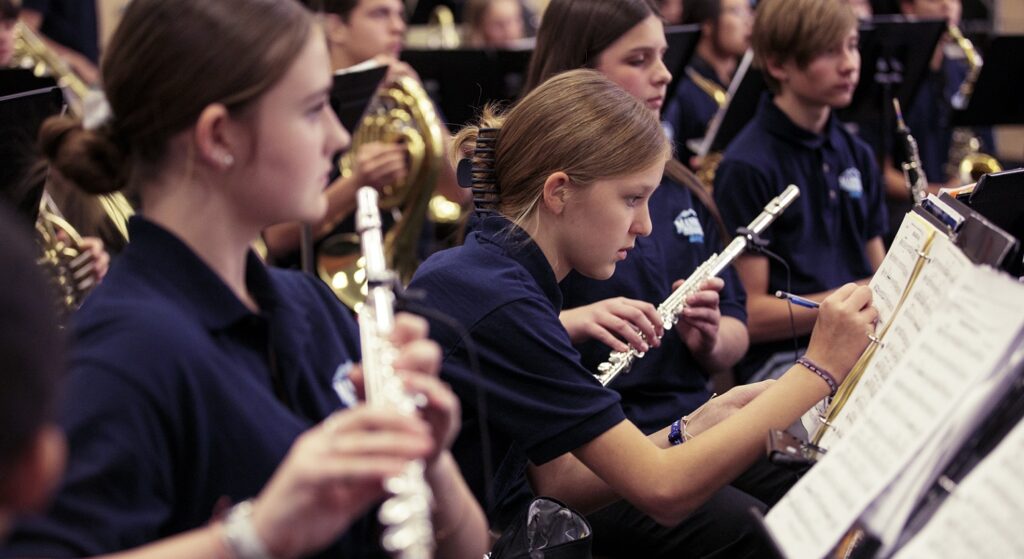Craft a Music Proposal for New Instruments
Create a multi-year replacement plan to manage your inventory of instruments.
In much the same way that a sports team needs skill players to perform specific tasks, quality school bands and orchestras need a given ratio of instrumentalists to carry out their defined functions in the ensemble. In both cases, the excellent condition of the component parts is key to putting together a winning team.
Unfortunately, creating balanced instrumentation is a concept that is unfamiliar to many principals, superintendents and school boards. As a leader in your instrumental music program, it is up to you to craft a clear, easy-to-understand “play book” that will guide the program — and the stakeholders who will fund, approve and administrate it — to success. A critical factor is developing a multi-year replacement plan to manage your inventory of instruments. Teachers who fail to plan for regular, structured cycling of inventory can find their programs held hostage to changing politics, budget and personalities.
In future blog postings, we will cover many of the steps required to creating the actual plan. But to set yourself up for success, take some time now to gather the tools you need to create a compelling plan. And even before you start writing, get organized.
Here are three steps that will prepare you to write a comprehensive proposal that helps your supervisors understand your request — and hopefully leads them to appropriate the needed resources:
1. Research the scope of your needs. Start by capturing the projected growth in your program. Factor in population changes in your district, as well as the efficacy of feeder programs.
2. Get a baseline for your current inventory. Your needs are driven not only by the future needs of your program, but also by the current state of your inventory. Accurate and comprehensive inventories are key to accurately doing so. Now is the time to get your instruments collected and organized, so the assessment process will go smoothly.
3. Think about the needs of your plan’s audience. School boards are comprised of community members who want programs built and organized on a sound foundation. Unless the decision-maker was also a music-maker at some point, it is likely that this information is new to them. Planning must go beyond summarizing needed items to explain the rationale for the purchases.
Abraham Lincoln is credited with saying, “Give me six hours to chop down a tree, and I will spend the first four sharpening the axe.” Now is a great time to sharpen your planning process!
This article originally appeared in the 2017 V3 issue of Yamaha SupportED. To see more back issues, find out about Yamaha resources for music educators, or sign up to be notified when the next issue is available, click here.
















